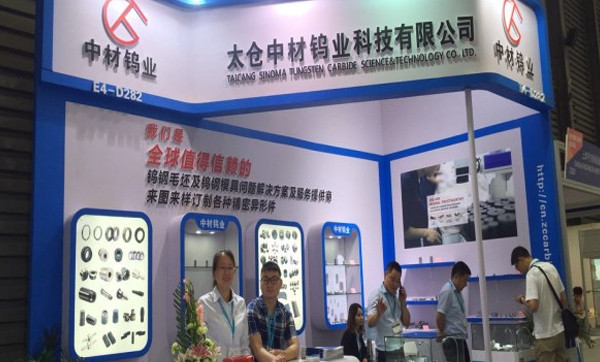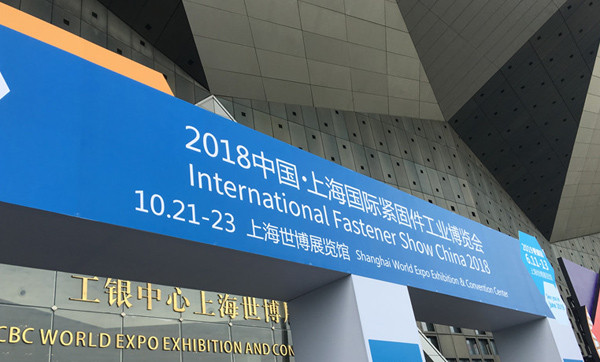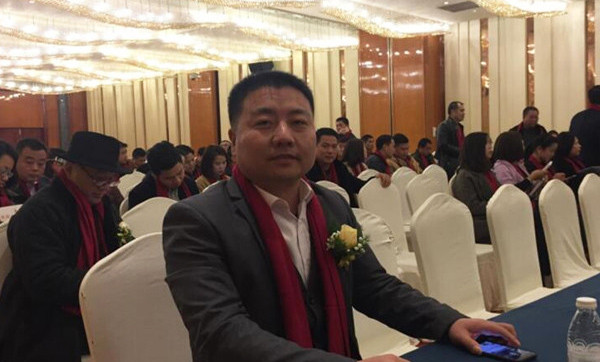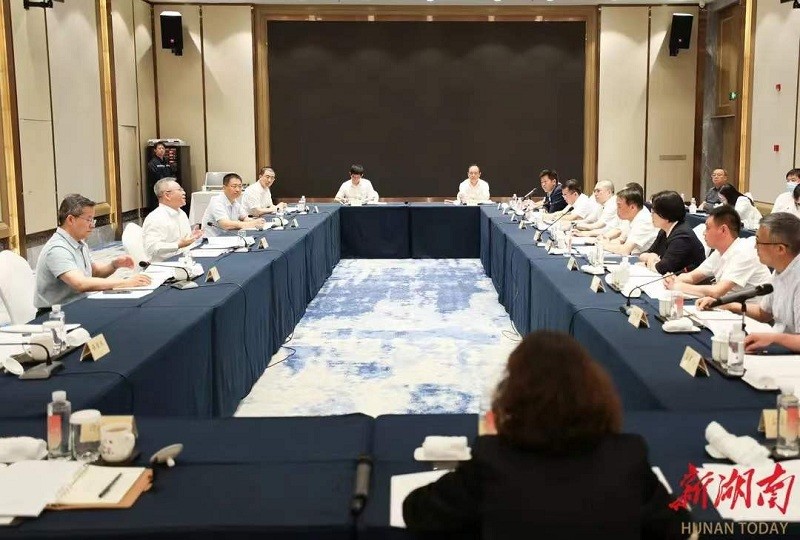Tungsten carbide (WC) is a critical material in various industries due to its exceptional hardness, wear resistance, and durability. It is widely used in cutting tools, mining equipment, aerospace components, and industrial machinery. One of the key factors determining the performance of tungsten carbide products is the precise control of material ratios—primarily the balance between tungsten carbide powder and cobalt (or other binder metals). Independent research and development (R&D) of these material ratios can significantly enhance product quality, cost efficiency, and competitive advantage. This article explores the benefits of such R&D efforts in tungsten carbide production.
The ratio of tungsten carbide to binder metals (typically cobalt, nickel, or iron) directly influences the hardness, toughness, and wear resistance of the final product.
· Higher carbide content increases hardness and wear resistance but may reduce toughness.
· Higher binder content improves toughness but can decrease hardness.
Through independent R&D, manufacturers can fine-tune these ratios to meet specific application requirements. For example:
· Mining tools may require a tougher composition to withstand impact.
·Cutting inserts may need higher hardness for precision machining.
Customized ratios ensure superior performance in targeted applications.
Developing proprietary material formulations allows manufacturers to:
· Reduce cobalt dependency (cobalt is expensive and subject to price volatility).
· Experiment with alternative binders (such as nickel or iron alloys) to lower costs without compromising quality.
· Minimize waste by optimizing sintering processes based on precise ratios.
Independent R&D helps in identifying cost-effective yet high-performance compositions, improving profit margins.
Companies investing in material ratio R&D can:
· Develop new grades of tungsten carbide for niche applications (e.g., ultra-fine grain structures for high-precision tools).
· Improve sintering techniques to achieve better density and microstructure control.
· Create hybrid materials by adding secondary carbides (TiC, TaC, NbC) for specialized uses.
This fosters innovation, allowing manufacturers to differentiate themselves in the market.
Standardized material ratios from independent R&D ensure:
·Batch-to-batch consistency, reducing defects in mass production.
· Better predictability of mechanical properties, leading to higher reliability.
· Stricter quality assurance through controlled testing and validation.
This results in fewer product failures and higher customer satisfaction.
Companies that master material ratio optimization can:
· Offer superior products with tailored properties, attracting high-value clients.
· Reduce reliance on external suppliers for pre-mixed powders, ensuring supply chain security.
· File patents for unique compositions, securing intellectual property rights.
This strengthens market positioning and long-term sustainability.
Independent R&D can lead to:
· Reduced use of critical raw materials (e.g., cobalt, which has ethical mining concerns).
· Eco-friendly binder alternatives that lower environmental impact.
· Energy-efficient production methods by optimizing sintering parameters.
This aligns with global trends toward sustainable manufacturing.
Independent research and development of material ratios in tungsten carbide production offer numerous advantages, including optimized mechanical properties, cost savings, innovation, quality control, market competitiveness, and sustainability. Companies investing in such R&D gain a strategic edge by producing superior, customized products that meet evolving industry demands. As tungsten carbide applications continue to expand, mastering material science at the ratio level will be crucial for long-term success.
Since its establishment, ZCCF Tungsten Carbide has always insisted on independent research and development of material ratios, and is committed to producing the most suitable products for customers. Customers are welcome to come for consultation and place orders.




